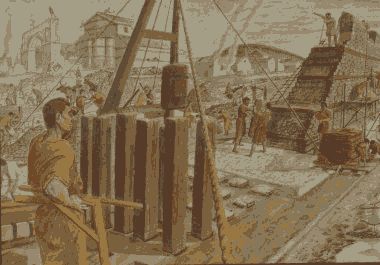
This is the Podcast which is a taster for the Roman Walk on Saturday.
To find out about the three walks this Saturday click here

The Past brought to Life

This is the Podcast which is a taster for the Roman Walk on Saturday.
To find out about the three walks this Saturday click here
Is the question that Terry Cook asked me, and this is my answer.

So the Cutty Sark is twice famous.
Her name comes from Tam O’Shanter, one of Robert Burns’ greatest poems. written in 1791. And everyone knows of Robert Burns, Scotland’s national poet. Burns night has become world famous for anyone interested in Scotland.

Figureheads on the prow of ships are very often of a semi naked women with her torso breasting the water. The sexy young witch, Nannie Dee, in Tam O’Shanter is identified as the one who is very ‘Vauntie’ and with a short shift that she wore as a child and so is now short and revealing. The poem names this garment as her ‘Cutty Sark. Sark is her shift. Cutty is dialect for short. The Cutty Sark’s figurehead shows Nannie in her shift holding the tail of Tam’s horse.
Her cutty sark, o’ Paisley harn,
That while a lassie she had worn,
In longitude tho’ sorely scanty,
It was her best, and she was vauntie.—
Ah! little kend thy reverend grannie,
That sark she coft for her wee Nannie,
Wi’ twa pund Scots, (’twas a’ her riches),
Wad ever grac’d a dance of witches!
The story is that the drunken Tam on his steady horse Maggie is travelling home when he seems a devilish dance taking place in a graveyard, presided over by the devil himself. Tam is so excited when he sees the young beautiful witch that he bellows his approval and all of a sudden the merriment ends, and in deadly silence the witches turn on Tam and race to catch him.
Tam tint his reason a’ thegither,
And roars out, ‘Weel done, Cutty-sark!’
And in an instant all was dark:
And scarcely had he Maggie rallied.
When out the hellish legion sallied.
As bees bizz out wi’ angry fyke,
When plundering herds assail their byke;
As open pussie’s mortal foes,
When, pop! she starts before their nose;
As eager runs the market-crowd,
When ‘Catch the thief!’ resounds aloud;
So Maggie runs, the witches follow,
Wi’ mony an eldritch skreech and hollow.
They have to get across a brook before the witches because the witches cannot cross the water. The witches must get him before the brook or face burning at the stake. All depends on Maggie (Meg). The young witch in the Cutty Sark is catching up as they approach the brook. Maggie makes a magnificent leap, the witch makes a despairing grab and only can reach Maggie’s tail but Tam and his horse make it to safety leaving the witch the tail.

Ah, Tam! Ah, Tam! thou’ll get thy fairin!
In hell they’ll roast thee like a herrin!
In vain thy Kate awaits thy comin!
Kate soon will be a woefu’ woman!
Now, do thy speedy utmost, Meg,
And win the key-stane of the brig;
There at them thou thy tail may toss,
A running stream they dare na cross.
But ere the key-stane she could make,
The fient a tail she had to shake!
For Nannie, far before the rest,
Hard upon noble Maggie prest,
And flew at Tam wi’ furious ettle;
But little wist she Maggie’s mettle—
Ae spring brought off her master hale,
But left behind her ain gray tail:
The carlin claught her by the rump,
And left poor Maggie scarce a stump.
Now, follow the link below and read the whole poem but read it out loud, standing up and with gusto. Don’t worry about the pronunciation just enjoy it.

So, my Halloween walks depend heavily on almanacs for at least some of their content. I explain almanacs on another page, but they were a way of helping people keep track of the year, both reviewing past events, and looking forward to future ones.
One third of books published in London in the Stuart period were almanacs, but if you could not read or did not have the money you could buy or make a cog almanac.

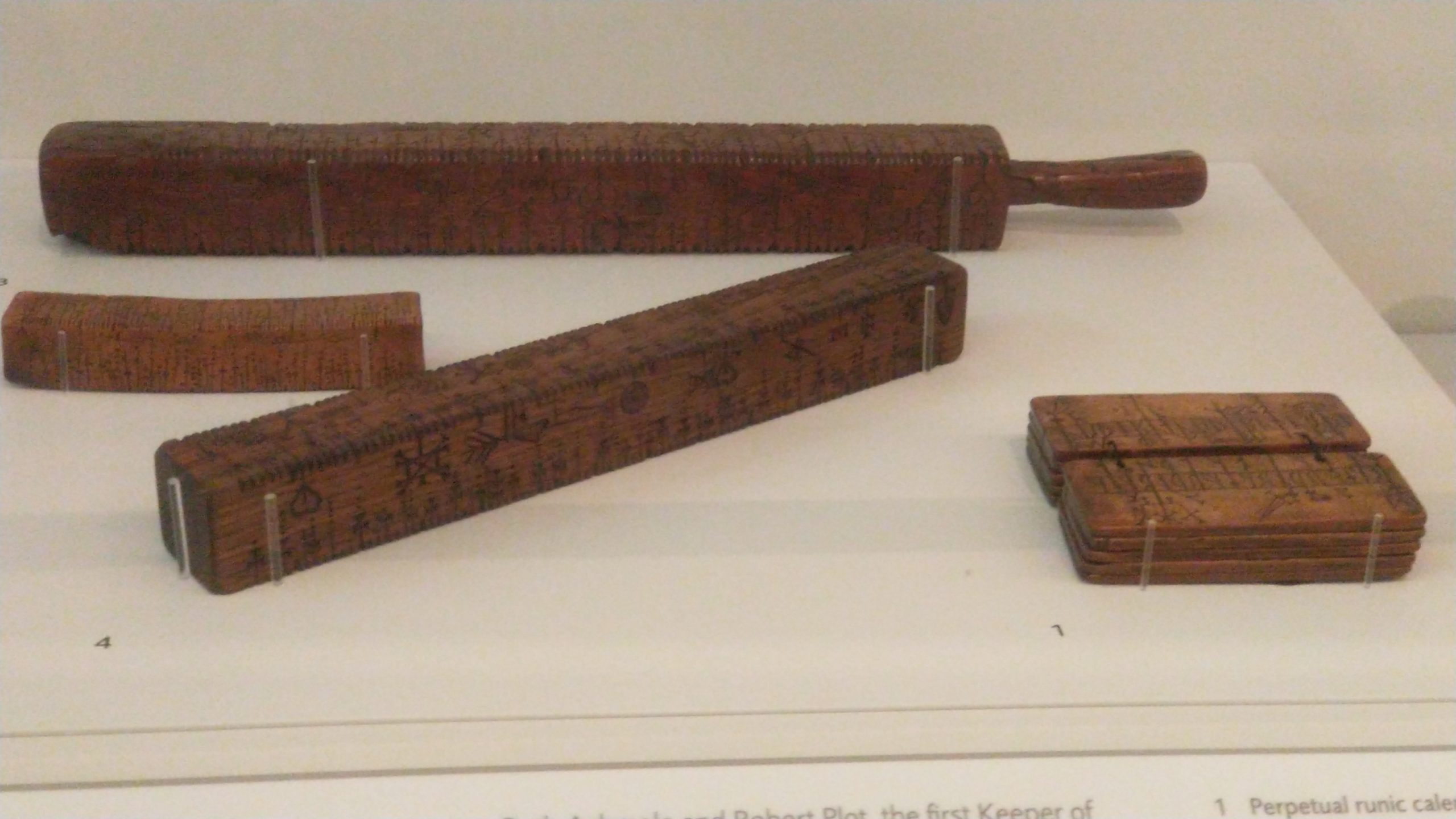


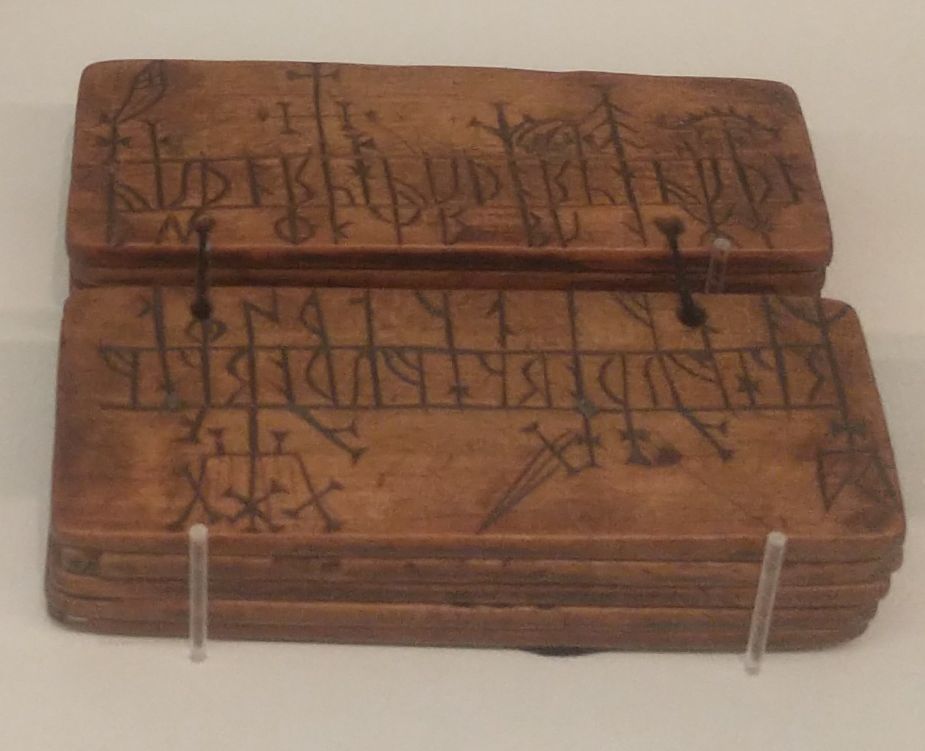
So, I was printing out some images to show my walkers and thought why not make one? So I did.

Bit of wood, saw off 35cms. Each edge needs to represent a quarter of the year, so each centimetre mark represents 3 days, and one day extra 30 * 3 +! = 91 days per quarter. Use bread knife or hacksaw to mark the days off. Buy wooden drawer knob and double ended screw, fit to end of the piece of wood, stain or vanish the wood.
Then I need to find out what all the symbols mean, but they represent notable days like Saint’s Days (Michaelmas, Martinmas, Candlemas etc. , equinoxes, solstices, Christmas, Easter etc. etc..
You count the days off as the year passes.
Simple.
ROMAN LONDON – A LITERARY & ARCHAEOLOGICAL WALK
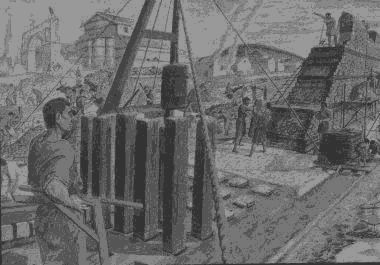
Saturday 30 October 20/22 11.30 am Monument Underground Station
This is a walking tour features the amazing archaeological discoveries of Roman London, and looks at life in the provincial Roman capital of Londinium.
To book
Myths, Legends & Halloween Walk
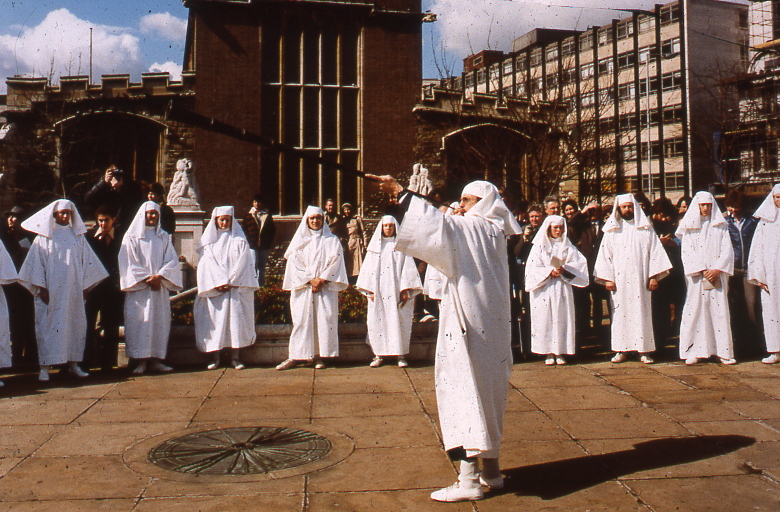
Sunday 30th October 2022 2.30pm Tower Hill Tube
The walk tells the story of London’s myths and legends and the celtic origins of Halloween
To book
Myths, Legends & Halloween Virtual Tour
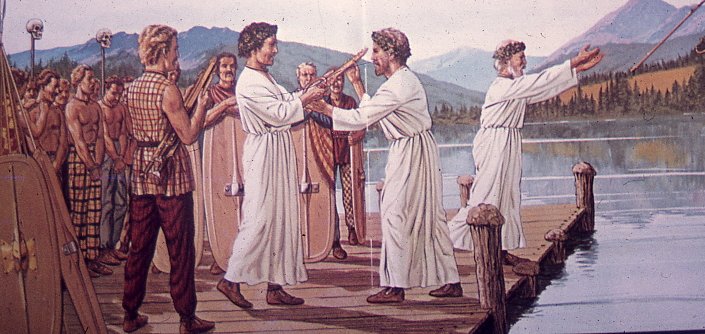
MONDAY 31st October 2022 7.30pm
The tour tells the story of London’s myths and legends and the celtic origins of Halloween
To book

This is a project I had a small part in.